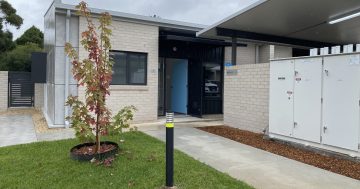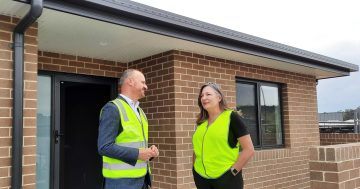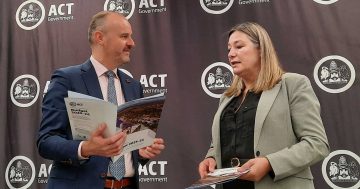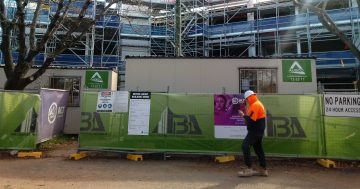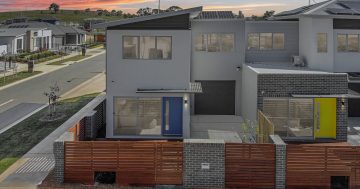
Less talk more action on housing affordability in Canberra.
There has been a lot of talk lately about how committed our Government is to housing affordability. But despite high profile summits, glossy consultation publications and empathic statements, we are still waiting for real and meaningful action that will address housing affordability.
Last week, we were subject to another example of a disconnect between stated intentions and action when the Government released its housing affordability targets for 2017/2018. These targets are a requirement under the legislation that set up the replacement agencies following the disbanding of the Land Development Agency, but something that has taken many months to materialize. After their release, you could be forgiven for thinking that some of the reticence may have been related to their weakness. It was somewhat of a shock, given the statements leading up to the release about the priority that has been given to housing affordability, to be told that of all land released, just 176 blocks of the more than 4000 sites in the ACT will be released for new public or community housing in 2017/2018.
Of equal concern is the revelation that the program that is delivering much-needed renewal of old and inappropriate large-scale public housing developments in our city centre has come at the cost of a diversity of households who can afford to live in our inner suburbs. Not only are we seeing less land release for public and community housing, it looks like it is being sent out to outer suburbs. While we have known for some time that we would see no public or social housing on Northbourne Avenue, we now know there is little relocation planned to other high amenity locations in the inner suburbs. It’s a real surprise to discover that public or community housing won’t be located in Red Hill, given residents have previously expressed a willingness to see public housing as part of redevelopment within the suburb.
Why should we care about where public and community housing is located?
While some people may not be too concerned about where social housing is across the city, its even placement is a key element to creating cohesive and connected communities. Here in Canberra, it has been a way for us to live our values of diversity, equality, and tolerance, while ensuring that we have not created enclaves where people only mix with people who are just like them. The social mix of our suburbs has seen our neighbourhoods, shops, schools and institutions develop in ways that work for everyone. Granted, it’s not always easy, but contrary to the claims of NIMBYism that is sometimes laid at the feet of Canberrans, we are remarkably good at working through our differences and creating communities where there is a place for everyone.
This latest announcement raises the question of whether or not it is deliberate that there is a misalignment between the ACT Government’s stated desire to shift us from our position as the capital city with the second highest rate of homelessness in Australia, and the policies it is pursuing regarding land supply, housing renewal and urban development. This is coupled with a growing unease that while we have been continuously reassured that we aren’t going back in relation to the number of public housing properties, when we look at publicly available numbers of replacement stock, they seem so much smaller than the numbers of properties that are being demolished.
I hope this is not the case. I hope that this is an issue of communication, presentation or that more information is to come about how we address this issue.
I think that a clear vision and a plausible plan which maps out the ways that we will address affordability across the housing continuum is well overdue. I think it is time we see clear evidence that housing affordability agendas are not just election promises but actually built into the actions of the government in relation to land use, planning and urban renewal. What do you think?
Rebecca Vassarotti is a board member of Community Housing Canberra, an affordable housing company and the Early Morning Centre, a service working with people experiencing or at risk of homelessness. She is also an active member of the ACT Greens.












